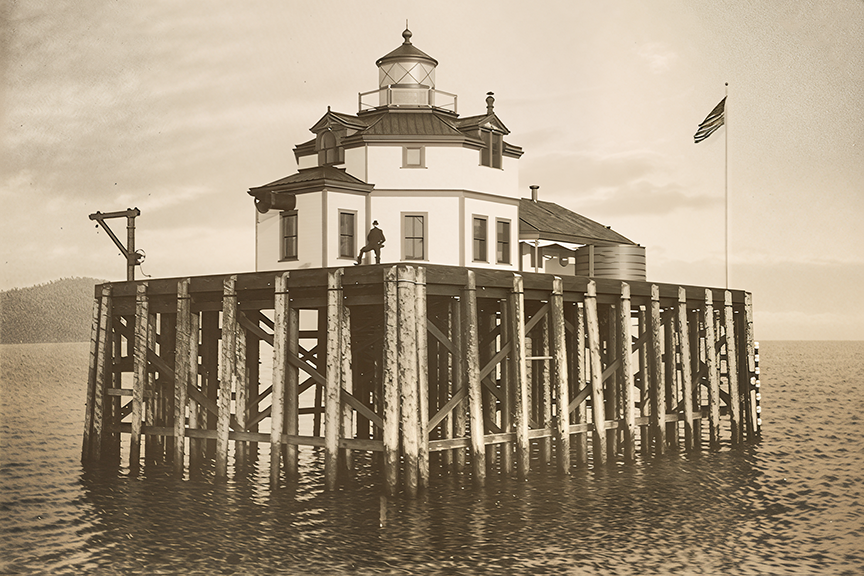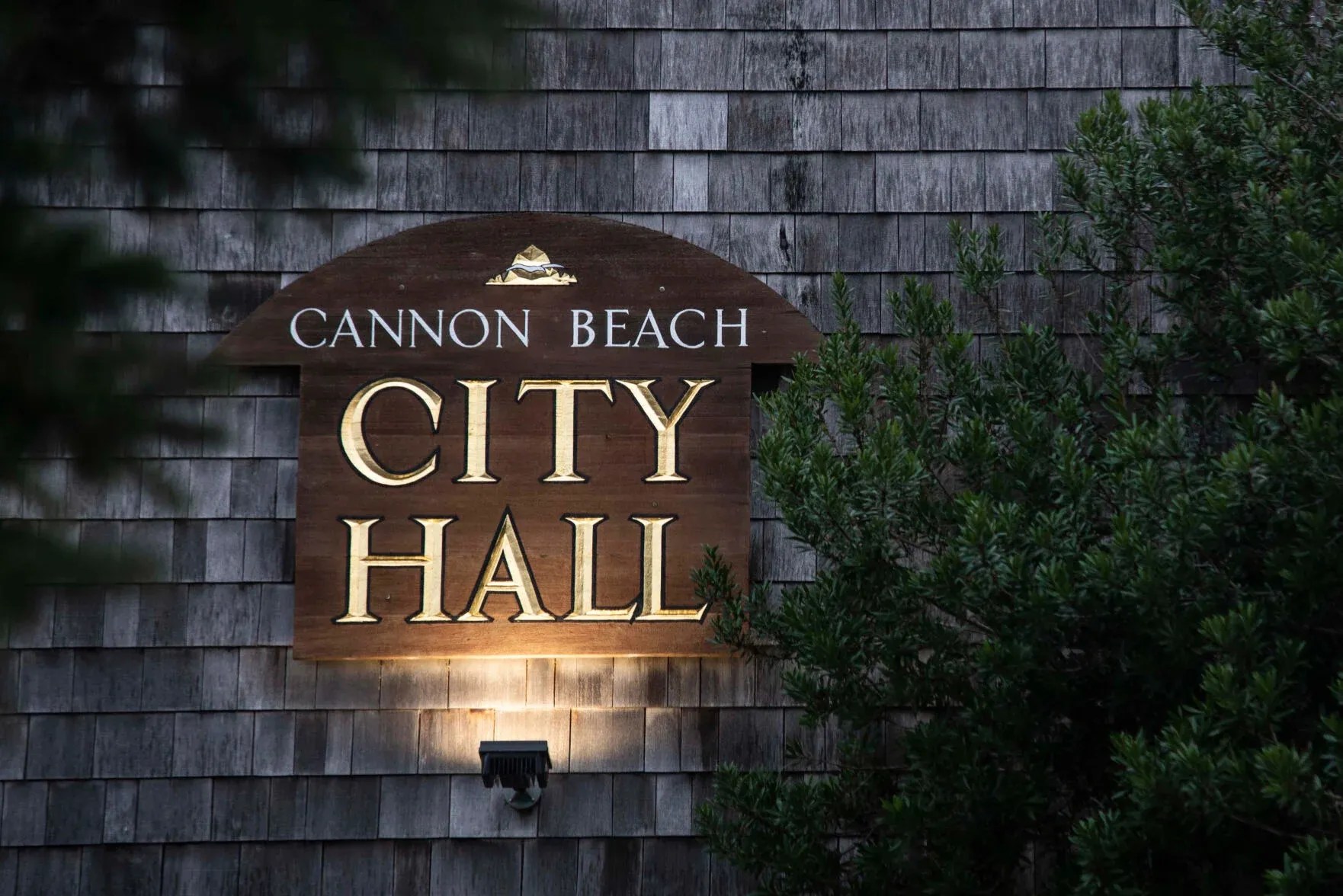Plover lovers target kites and bikes
Published 4:00 pm Tuesday, February 17, 2004
Officials consider beach restrictions to save the endangered birdState officials are considering closing 25 percent of the sandy beaches on the Oregon Coast to dogs, campfires and driving during the spring and summer to protect the western snowy plover, an endangered species.
Of those stretches, about half would be more tightly restricted to include bans on kite flying and bicycle riding because of the menace they are thought to pose to nesting plovers, an endangered species.
Oregon’s coastal plover population is estimated at 100 adults, one-third the number of 30 years ago.
To commentTo comment, mail a letter to Kathy Schutt, Oregon Parks and recreation department, 725 Summer St. N.E., Suite C, Salem OR 97301-1271 or e-mail
(OSMP.HCP@state.or.us)The rules would be among the toughest limits ever placed on the use of Oregon’s coastal beaches. Some of the affected beaches lie off the beaten path. But others, including the Necanicum Spit on the south edge of Gearhart and the Nehalem, Bayocean, Netarts and Nestucca spits in Tillamook County, are popular.
The proposal, conceived by the Oregon Department of Parks and Recreation and open now to public comment, has upset coastal residents who view it as a betrayal of state laws assuring the public access to beaches.
“It seems very extreme to me,” said Nancy Newhall, a Gearhart real estate broker and member of the Oregon Equestrian Trails group.
She said she attended a meeting about the proposal in Seaside and came away aghast at the extent of the proposal – and skeptical about whether public opposition would be considered.
Also concerned is Tillamook County Commissioner Charles Hurliman, who said the plover restrictions undermine the 1967 law that declared all beaches public as a check against development.
“We as Oregonians fought hard to make sure we have public beaches,” he said. “Now we’re closing beaches off for a bird that doesn’t exist (as a distinct species). That’s just what we’ve always tried to keep the developers from doing.”
He said the concern surrounding affected activities – such as flying kites, which biologists think scares plovers – has not been proved enough to warrant bans.
But Mike Carrier, director of the Parks and Recreation Department said Oregon’s beach law need not conflict with endangered species laws because it requires preservation of “scenic and recreational use” of the shore. Wildlife is part of the scenery, he said, and bird-watching is a popular pursuit.
“Without wildlife species, including shorebirds, you’re limiting the recreational activities people can enjoy,” he said. “You have to balance the requirements of one law against the other and try to uphold the intent of both.”
The provisions will change as the state reworks its plan in response to public comment, added Carrier. “Our intent is to lay out what we think would be an optimum strategy for the plover and test that against the public’s need to continue recreating and what’s practical,” he said Tuesday.
The proposed restrictions are part of a state maneuver to avoid liability for harm that might befall coastal plovers, protected under the state Endangered Species Act since 1987 and the federal Endangered Species Act since 1993. The state could be sued for unlawful “taking” of a protected species if permitted uses harmed plovers.
All told, 57 miles of Oregon’s roughly 230 miles of sandy beach would face some level of restriction from March 15 to Sept. 15. They lie in 23 segments of less than a mile each to almost seven miles.
“The advantage of this approach is it provides some conservation certainty for the species, and it provides some certainty for the local communities as far as what to expect,” said Fred Seavey, a Newport-based U.S. Fish and Wildlife Service biologist working with the state.
Some say Oregon officials found the right middle ground.
“If we want to maintain the diversity that is important to our state, we may have to make a few sacrifices,” said Fran Recht of Depoe Bay, conservation director for the Oregon Shores Conservation Coalition. The group was formed to defend public access to the beach, she said, but realizes “access has to be tempered by the ability of the resources to absorb the use.”
But not all residents are convinced and debate about plovers is long-standing. Coos County last year won a court order forcing the federal government to examine the economic effect of its listing of critical habitat for the bird. A lawsuit in California aims to drop coastal plovers from the federal endangered species list on the grounds they are no different from inland plovers not on the list.
“If you want to walk for miles down an uncrowded beach, that’s the one to go to,” Sherry Kemp of Pistol River said of one south coast beach where activities would be barred. “It’s absolutely beautiful down there. People ride horses. This would basically cut that off.”
She owns a vacation rental along the popular coastline south of Gold Beach and said tourists visit because of the beach access. “That’s what keeps this area going,” she said.
The Oregonian contributed to this story





